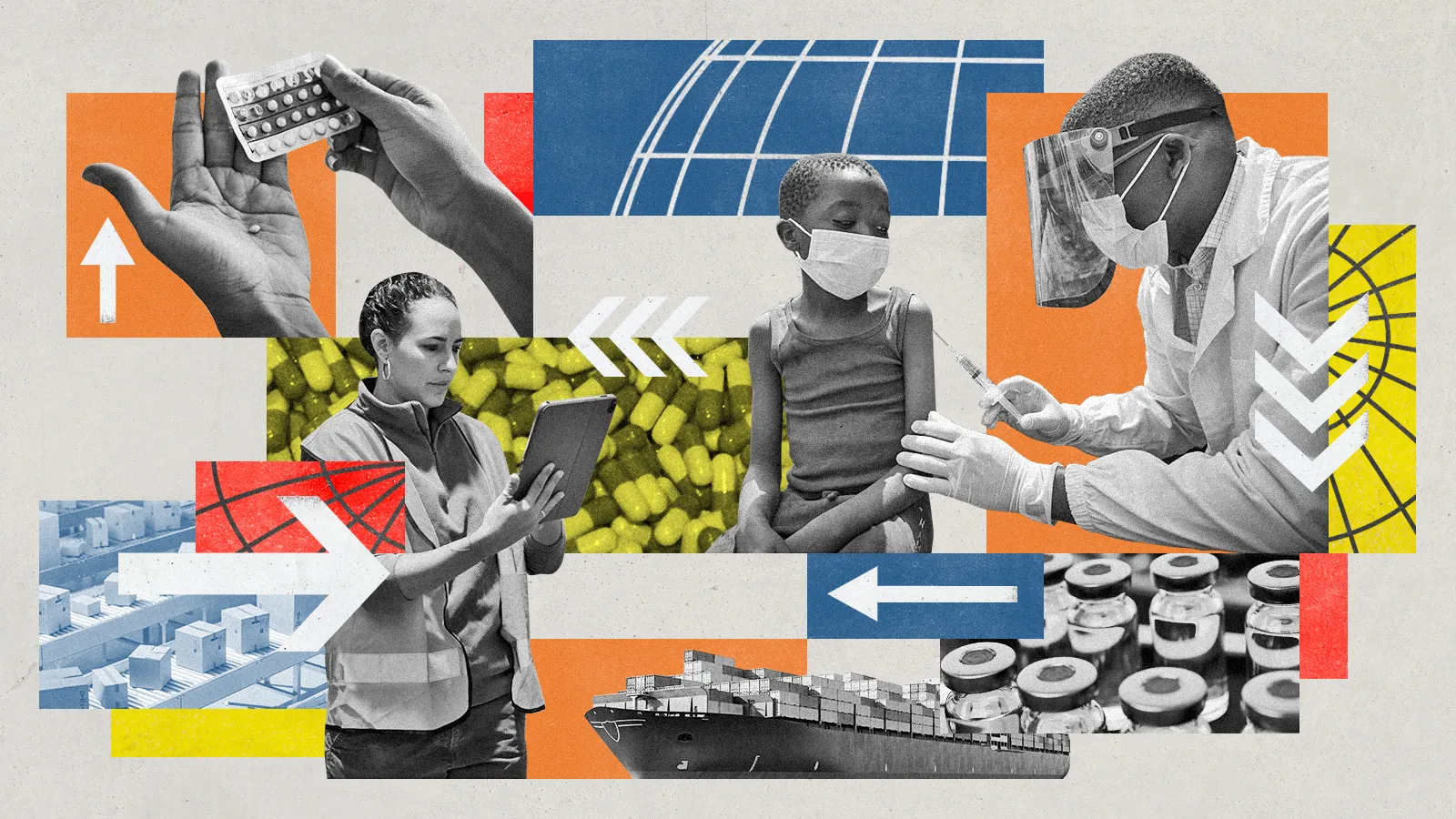The Power of Health Education: Building a Healthier Future Through Knowledge

Health and education are two of the most important pillars of human development. While healthcare systems treat illness, health education prevents it. As global health challenges become more complex—ranging from lifestyle diseases to mental health crises—the need for education that empowers individuals to make informed health decisions has never been greater.
Health education is more than just teaching people about hygiene or nutrition—it’s about shaping behaviors, attitudes, and communities. It connects science, communication, and compassion, helping individuals understand that good health is not luck, but a skill that can be learned.
This article explores the critical role of health education, its modern applications, and how it can build a more resilient and health-literate society.
1. What Is Health Education?
Health education is the process of providing individuals and communities with the knowledge, skills, and motivation to make decisions that improve their physical, mental, and social well-being.
It goes beyond simple awareness campaigns. True health education encourages people to understand the why behind healthy behaviors. For instance, instead of merely telling students to avoid junk food, effective programs explain how nutrition affects energy, immunity, and long-term health.
According to the World Health Organization (WHO), health education is a vital component of public health. It is the bridge between information and action—the difference between knowing what’s healthy and actually living healthily.
2. Why Health Education Matters
Modern society faces a paradox: while access to health information is greater than ever, unhealthy lifestyles are still widespread. Obesity, heart disease, stress, and substance abuse continue to rise. This gap highlights the importance of structured health education, especially in schools and communities.
When individuals are educated about health:
-
They make informed choices. People learn to critically evaluate information about diets, supplements, or medical treatments.
-
They prevent disease. Education promotes habits like vaccination, exercise, and safe practices that reduce illness and healthcare costs.
-
They build resilience. Mental health education helps individuals manage stress, recognize anxiety, and seek help early.
-
They influence others. Educated individuals often pass on healthy habits to their families, peers, and children, creating ripple effects throughout society.
In essence, health education empowers individuals to take control of their own well-being—an essential step toward healthier populations.
3. Health Education in Schools: Starting Early
Schools are the foundation of lifelong learning—and they are the ideal environment to instill healthy habits from a young age. Early exposure to health education ensures that children grow up understanding the importance of nutrition, exercise, hygiene, and mental wellness.
Comprehensive school health programs go beyond biology lessons. They include:
-
Nutrition education — teaching children about balanced diets, food labels, and the dangers of excessive sugar and processed foods.
-
Physical education — promoting regular activity to combat childhood obesity and improve concentration.
-
Mental health literacy — encouraging self-awareness, emotional intelligence, and empathy.
-
Health literacy skills — teaching students how to find reliable information and communicate effectively with healthcare providers.
Countries that integrate health education into their national curricula—like Finland and Japan—often see better long-term health outcomes. Educating children early not only protects them but also shapes healthier societies for future generations.

4. The Link Between Education Level and Health Outcomes
Research consistently shows that education and health are closely connected. People with higher levels of education generally live longer, healthier lives. They are more likely to engage in preventive care, maintain healthier diets, and avoid risky behaviors such as smoking or substance abuse.
This correlation is partly due to health literacy—the ability to access, understand, and apply health information. Educated individuals can better navigate healthcare systems, interpret medical advice, and make sound lifestyle decisions.
Moreover, education fosters critical thinking, which helps people recognize misinformation. In an era of online health myths and “quick fixes,” this skill is invaluable. Health education thus plays a key role in bridging social and economic health inequalities.
5. Technology and the Digital Health Education Revolution
The digital era has transformed how health education is delivered. Online learning platforms, mobile apps, and social media have made health information more accessible than ever before.
-
E-learning and MOOCs (Massive Open Online Courses) allow students, healthcare professionals, and the public to gain knowledge on topics ranging from first aid to chronic disease management.
-
Wearable technology like smartwatches and fitness trackers promotes self-monitoring, turning users into active participants in their own health education.
-
Health influencers and educational campaigns on platforms like YouTube and TikTok are making health literacy appealing to younger audiences.
However, digital health education comes with challenges—especially misinformation. False health claims and unverified “wellness trends” can spread faster than scientific facts. Therefore, digital literacy—knowing how to identify credible sources—is now a critical part of health education itself.
6. Mental Health Education: Breaking the Stigma
One of the most important evolutions in health education is the inclusion of mental health awareness. For too long, mental well-being was treated as separate from physical health. Today, it’s recognized as equally vital.
Mental health education helps individuals recognize symptoms of stress, depression, or anxiety early on. It teaches coping mechanisms such as mindfulness, communication, and self-care. Schools, workplaces, and universities that provide mental health programs report improved performance, reduced absenteeism, and stronger social support networks.
By normalizing conversations about mental health, education breaks the stigma that prevents people from seeking help. This cultural shift is essential in combating the silent epidemic of mental illness worldwide.
7. The Role of Community and Lifelong Health Education
Health education doesn’t end with school—it continues throughout life. Communities play a vital role in reinforcing health behaviors and providing resources for adults and seniors.
Community health programs—often led by local health departments, NGOs, and wellness organizations—educate people about issues such as vaccination, disease prevention, reproductive health, and healthy aging.
Public workshops, awareness campaigns, and health fairs can reach populations that traditional education might miss, such as older adults or low-income groups. This lifelong learning approach ensures that everyone, regardless of background, can stay informed and healthy.
8. Challenges Facing Health Education
Despite its importance, health education faces several challenges:
-
Lack of funding and trained educators. Many schools and communities lack the resources to offer high-quality health education programs.
-
Cultural barriers. In some regions, discussing topics like sexual health or mental illness remains taboo.
-
Misinformation. The rise of social media has made it harder to distinguish facts from myths.
-
Inequality. Disadvantaged populations often have limited access to accurate health information.
Addressing these challenges requires policy support, investment, and collaboration between governments, educators, and healthcare professionals.
9. The Future: Integrating Health Education into Everyday Life
The future of health education lies in integration—embedding it into daily routines, workplaces, and digital environments. The goal is not just to teach information, but to build a culture of health where informed choices become second nature.
Imagine a future where schools teach emotional intelligence alongside mathematics, where companies offer health literacy workshops, and where AI-driven apps personalize learning for each user’s health needs. That’s the direction health education is heading—interactive, inclusive, and lifelong.

Conclusion
Health education is more than a subject; it is the foundation of a healthy, productive, and informed society. By empowering people with knowledge and practical skills, we can reduce disease, promote well-being, and create communities that value health as much as wealth.
As science advances and technology evolves, the role of education in shaping health behavior will only grow. The ultimate goal is clear: a world where every individual has the understanding and confidence to make choices that lead to a longer, healthier, and happier life.


